Could Our Newfound Appreciation For Nature Help Propel The Rewilding Movement?
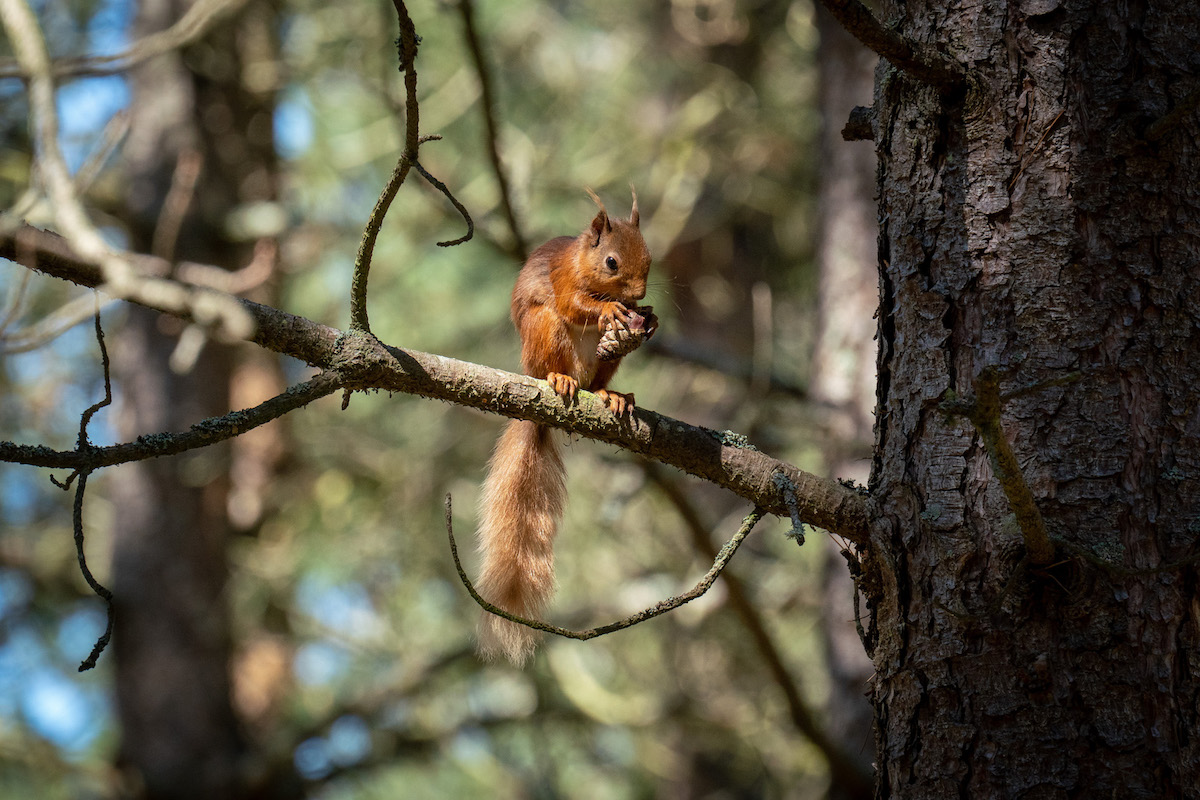
According to researchers from the Nature Conservancy, 95 percent of the world’s land area, apart from Antarctica, has been touched by people. These human modifications could be anything from settlements and agriculture to roads, railways, mining, and energy developments such as oil wells and wind farms.
The environmental impact of all these human interferences is no longer news. But still, we persist, continuing to destroy lands previously untouched. What bits of nature remain then?
It’s a question that has become even more pertinent in light of societal mindset changes brought forward by the pandemic. As urban areas became health traps – its citizens feeling increasingly hemmed in by lockdown restrictions and a lack of garden and housing space – people sought to reconnect with the great big outdoors en masse.
The 30-minute walk around the park became less of a novel idea for the weekend, and more of a lifeline. The Great British Staycation, long battered by connotations with throwback holiday parks and cheap flights abroad, became en vogue again. The garden, big or small, became the most visited spot in the house. People (literally) fled to the countryside.
“I’m very fortunate that I have a park close to me,” says Juliana, after we opened the question of how lockdown had changed our approach to nature to the Form community. “I now make sure I go for a walk in the woods at least once a week.” Klara agreed. “I have been spending much more time in it [nature], and have even managed to plant some spring bulbs for the season ahead.”
This newfound appreciation for nature could have a profound effect on the work of environmentalists, not least the people involved in the rewilding movement who are striving to keep nature spots intact, and even reverse centuries of human interference.
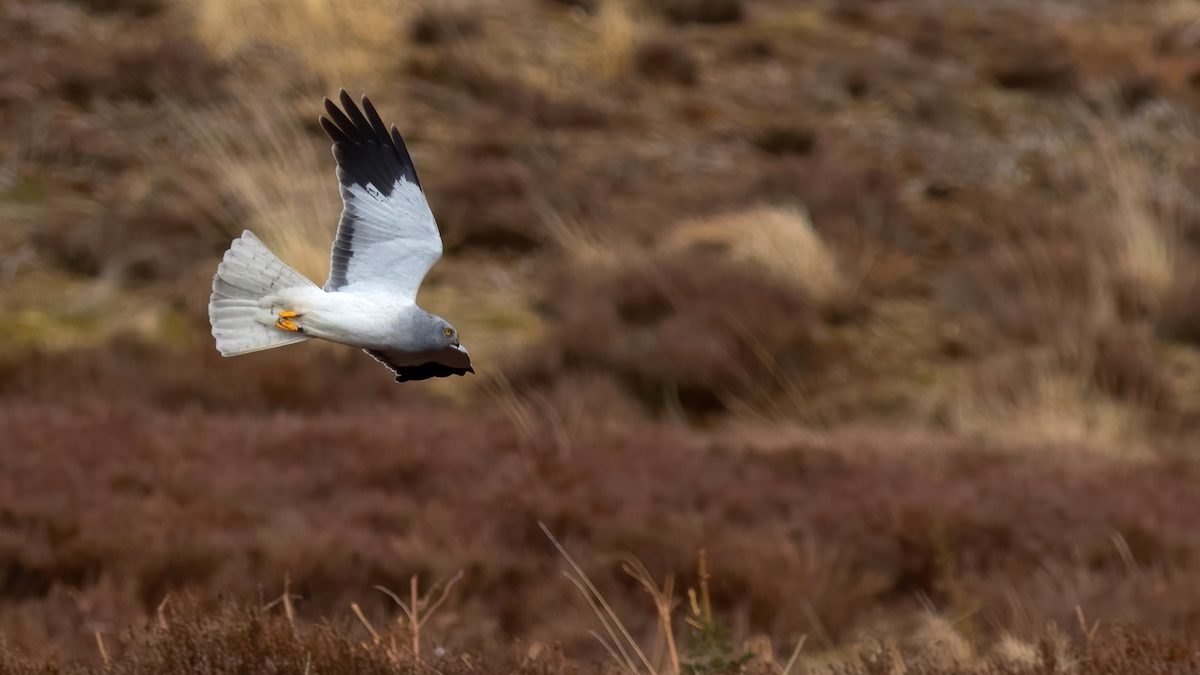
Pic credits: The hen harrier – John Wright/Langholm Initiative. The red squirrel – Chris Aldridge/Trees for Life
What Is Rewilding?
Rewilding, put simply, is a series of conservation efforts aimed at restoring and protecting natural processes and wilderness areas. “We describe it as ‘restoring’,” says Richard Bunting, a director for nature magazine Little Green Space and spokesperson for the charity Rewilding Britain. “It’s the large-scale restoration of nature, to the point where nature can look after itself again.”
This can simply mean letting nature take its course in your back garden, or it can entail more proactive strategies like restoring habitats and re-entering long-extinct species into that wilderness. Both need to work in tandem, and the habitat has to be restored and in place, so that the species who would live there have got somewhere in which they can survive, and feed, and find shelter.
“It’s primarily about repairing holes in our ecosystems,” says Bunting. “Nature’s been doing this for a long time and is good at finding a balance. But people, for several centuries now, have been having an increasing impact on our ecosystems. And when you start tearing holes, bit-by-bit, when different species start being lost, things stop working as well as they should, and you start losing the balance that you need.”
Take for example the Eurasian beaver. A native to the British Isles, the animal became extinct in the 16th century, mainly because of hunting for their fur, meat, and castoreum, a secretion used in perfumes, food, and medicine. But beavers are a keystone species, and without them, an ecosystem would be dramatically different or cease to exist altogether.
“They’re brilliant ecosystem engineers,” says Bunting. “They build small dams which create nature-rich wetlands that in turn benefit a plethora of other species, from amphibians through to insects and small mammals. They’re real biodiversity boosters. They can have a localised impact on farmland, though.” This is where potential arguments with re-entering species start.

Alleged Controversy
First coined by conservation biologists in the early 1990s, it wasn’t until 2013 that rewilding started picking up mainstream attention with the release of ‘Feral’ by journalist and environmental activist George Monbiot. In the book Monbiot looks at rewilding projects around the world, paying particular attention to the UK and the problem of overgrazing in the British uplands.
His solution was to reduce the numbers of livestock in the area and ‘rewild’ those areas. Farmers Unions were not best pleased with this seeming attack on their livelihood. Headlines like “Why is rewilding so controversial?” have many people wondering what all the fuss is about.
“From our perspective, we can see hugely extensive rewilding needing to be done without impacting our productive agricultural land,” says Bunting. “We all need to eat, we need our productive agricultural land, and that’s common sense. We’ve got enough peatland and woodland and coastal areas and moorlands that we need to rewild.”
So how can we rewild the industrious beaver without causing a bother to our much-needed farmland? The answer lies in management and control. In 2009, a five-year project that slowly introduced 16 Norwegian beavers into Knapdale forest in Argyle, Scotland began.
Researchers noted that the beavers changed the shape of woodland close to loch shores and increased the water level of one loch after building a dam on it. The beavers also boosted visitors to the area, a form of eco-tourism we’ll return to later. On 24 November 2016, the Government made the landmark announcement that beavers were to remain in Scotland, capping off the first-ever formal reintroduction of a native mammal species in Britain.
Sadly a fifth of the Scottish beaver population was culled in 2019, as farming leaders raised concerns about the damage caused to agricultural land from beavers’ dam-building, much to the concern of conservationists. It shows that there is still a battle to be fought, and compromises to be reached.
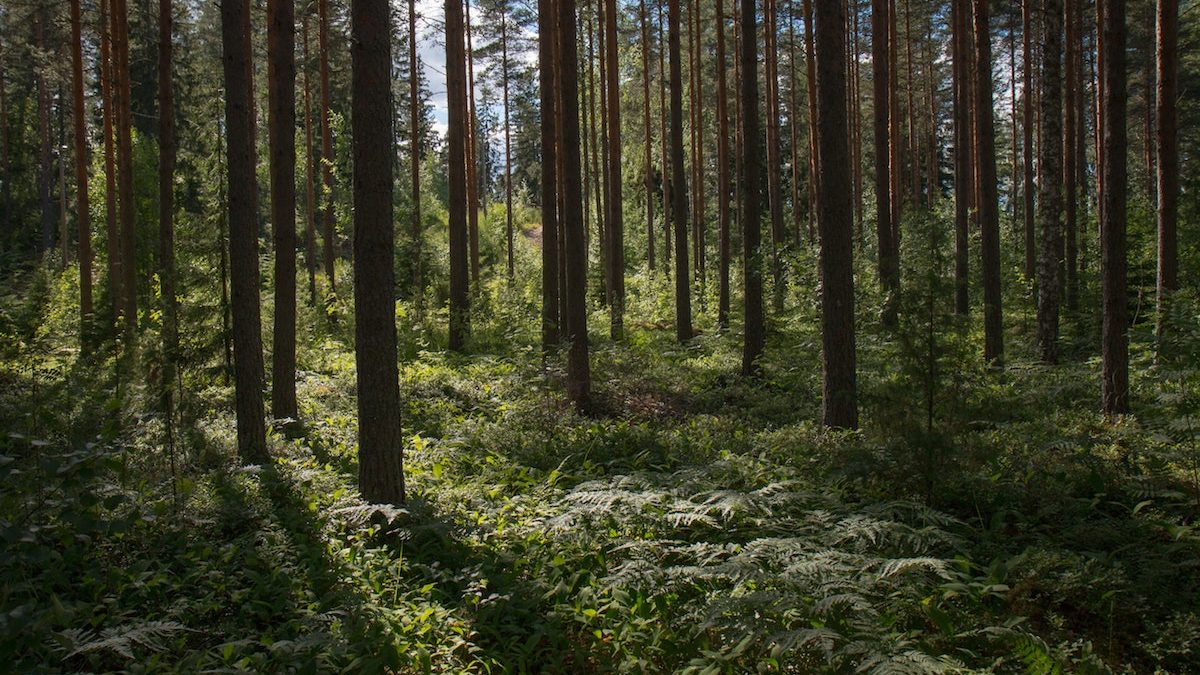
Apex Predators
The relative success of the project may also allay fears of another potential controversy in rewilding efforts; the reintroduction of apex predators, or those animals that sit at the top of the food chain.
“We wiped out all of our big apex predators in terms of mammals,” says Bunting. “We had bears, once upon a time we had wolves, and we had lynx.”
Fears naturally revolve around the potential threat to livestock and locals (there has not been any recorded attacks of a lynx on a human), but with careful management, the issue could be swerved. And the benefits may be felt on a number of levels. “There’s a major environmental issue in Scotland in the sheer quantities of deer that thrive there because of no apex predators,” says Bunting.
“They love eating baby trees, so Scotland’s hills are kind of ecological shadows of what they once were. They’re really beautiful, people love the landscapes, but very often, they’re really nature-depleted because they’ve been stripped of the vegetation.
“Bringing lynx back would, perhaps not so much in terms of affecting the numbers, but it would definitely keep the deer moving, and reduce grazing pressure on baby forests. And then, in turn, you would end up seeing a cascade effect. From various studies, we know the Highlands can support at least 400 adult lynx. The big question is, “What are people’s attitudes?” It’s less about biology and science, and more about people.”

UK Vs. Europe
While plans for the reintroduction of lynx in the UK are still in the consultation stage, countries in mainland Europe are much further along in their efforts. Having been made extinct in central Europe 200 years ago, thanks to rewilding efforts, there are now thought to be around 10,000 Eurasian lynx on the continent.
In fact, attitudes to rewilding projects in Europe are a lot less frosty. “We have wolves coming into the Netherlands again and we are much, much smaller than Britain. If the Dutch can do it, everybody can do it,” said Dutch ecologist Leo Linnartz to a conference on the topic at Knepp Castle in West Sussex, a 3,500-acre estate left to nature that has become a pilgrimage of sorts for rewilding aficionados. Linnartz says that the Dutch people had the same reservations 30 years ago, but had gotten over them
Now there is an obvious, geographical point of difference of course. Europe is connected and the UK is separate. Sitting on an Island makes natural species migration difficult.
But even so, we’re still some way behind the curve argues Bunting. “We’ve become a hugely nature-depleted place. We rank very low globally in terms of the state of our nature. In terms of what’s left, and the quality of it.”
And while the UK might have four times the land of the Netherlands, it also contains four times the people. There isn’t the space and scale to really turn huge swathes of the country over to nature as there is in say the US. It means then that we have to be smarter about what parts of the country are rewilded.
“We have some potentially amazing habitats in this country,” says Bunting. “You’ve got peatlands and moorlands that are in a really bad state of repair. And so much we can do in terms of things like woodland cover because we’ve become one of Europe’s least wooded countries.”
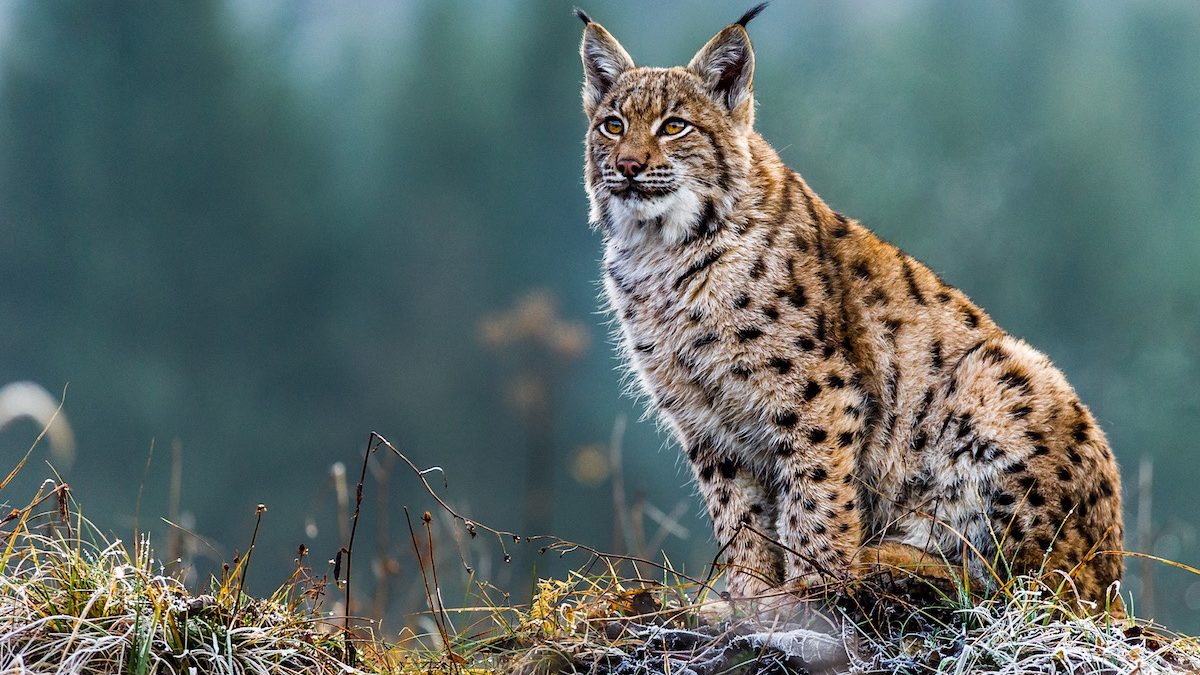
The Climate Change Argument
The argument for repairing those peatlands and forests could be the most compelling in the whole rewilding canon. Peat is an accumulation of partially decayed vegetation or organic matter. Healthy peat soaks up carbon as it forms over centuries. It’s estimated that for every hectare of peatland, the equivalent of around 3.6 tonnes of carbon dioxide is absorbed every year. To put that in perspective, that’s the carbon dioxide emissions of four transatlantic flights just sucked up.
Similarly, for every hectare of woodland, an average equivalent of around 12.8 tonnes of carbon dioxide per year is absorbed. Britain has 13 percent of the world’s peat, but a massive 80 percent of it is damaged. The picture is similarly bleak for our forests, wetlands, and coastal lands.
By preventing further damage and restoring this land, we can return nature back to doing its job, mainly keeping the earth safe for us and the animals we share the planet with. “Restoring and connecting species-rich habitats across a third of the country’s land and sea in the next decade, we’ve calculated, could help save a fifth of species from climate-driven habitat loss,” says Bunting.
The climate change argument has always been there for rewilding campaigners, but the last couple of years has put its sway into overdrive. Again it comes back to people’s attitudes. Greta Thunberg, Planet Earth, countless sustainable fashion columns; the bombardment of eco-awareness in the media is slowly turning us into mini eco-warriors, and it could have a positive effect on our attitude to rewilding.
The Pandemic And Rewilding
A case could also be made for the pandemic having a similar impact. With the virus forcing us outside, we’ve been bombarded with nature. And while we might have been somewhat forced into these outdoor settings by restrictions, in the face of the largest health crisis in decades our immersion back into nature might have been doing a whole lot of unconscious good.
Take a study of 20,000 people by the European Centre for Environment & Human Health at the University of Exeter, which found that people who spent two hours a week in green spaces, from local parks to other natural environments, were substantially more likely to report good health and psychological well-being than those who didn’t.
It’s also a proven antidote for stress, according to psychiatric unit researchers in a 2018 study, reducing feelings of isolation and promoting calm. Less stress can have a profound impact on your blood pressure, and your immune system. It lessens your chances of a series of chronic diseases later in life. Nature is a lifesaver, and yet over centuries, we’ve cultivated its demise.
From the plague to the World Wars, these landmarks in human history are often met with rapid cultural change. Social commentators have predicted a roaring 2020s. Perhaps it is wise to make sure sure that the nature we’ve relied upon during this pandemic is at the centre of all this upheaval though, so we can pass the 5 percent that is left onto the next generation.
3 UK Rewilding Projects To Keep An Eye On
As the UK gears up for another year of staycations, eco-tourism looks set to enjoy a boom. We’ve rounded up three rewilding projects then that are worth a visit.
Sheepdrove Organic Farm
Sheepdrove organic farm has just started out on its rewilding journey and is a must-visit for any and every nature lover. The Berkshire farm is renowned for its exceptional conservation work and habitat creation for birds and other wildlife, and also plays host to several sustainable and eco-friendly events, including natural burials, weddings and music recitals.
Dundreggan
Conservation charity Trees for Life has been rewilding the Dundreggan estate, 10,000 acres of wilderness in the Scottish highlands, since 2008. It’s become a source of inspiration for similar projects the country over, and in 2022, will be home to the world’s first rewilding centre. A visitor centre will be the main attraction (along with all that beautiful nature of course), with information about biodiversity and the wildlife of the area, along with the Gaelic culture that gives the estate its name.
Elmore Court
Elmore Court is a grade II listed mansion in the Stroud district of Gloucestershire and has been the family seat of the Guise Baronets for nearly 800 years. Last month, current owner Anselm Guise announced plans to rewild 250 acres of land on the estate, which you can visit yourself either by attending one of the several stunning weddings hosted there every summer, or by simply renting out the 16-bedroom stately house for an unforgettable weekend away with friends (Guise is a former DJ so parties are actively encouraged).
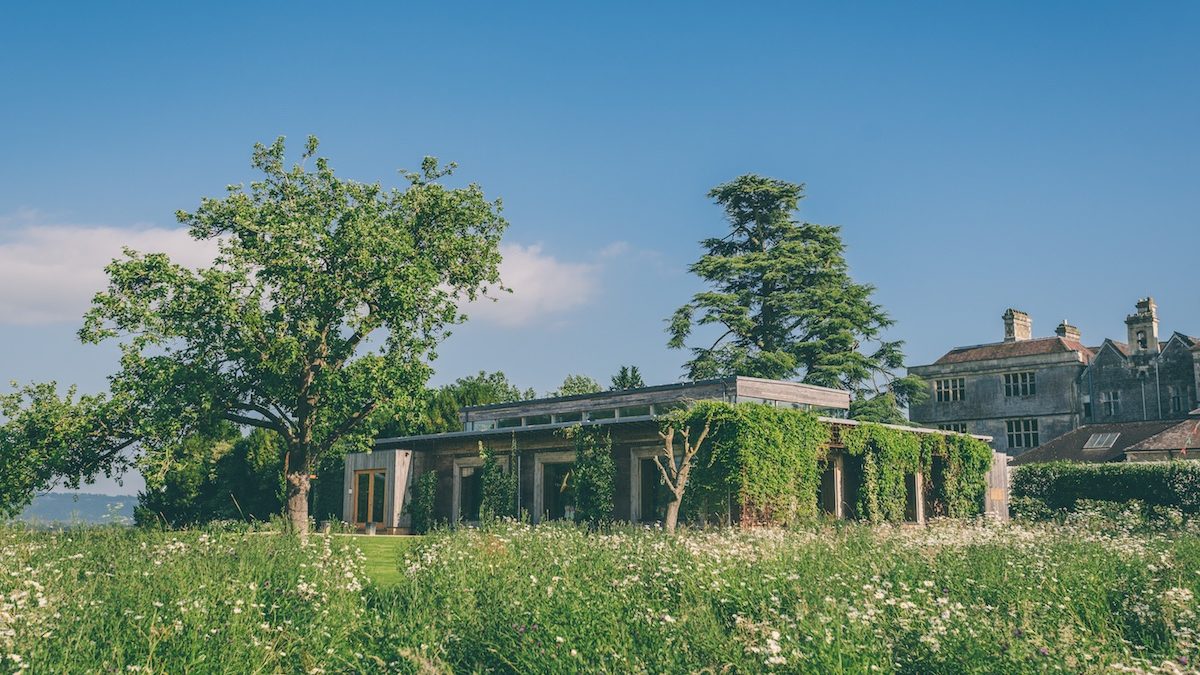
Elmore court / Rob Tarren Photography


















